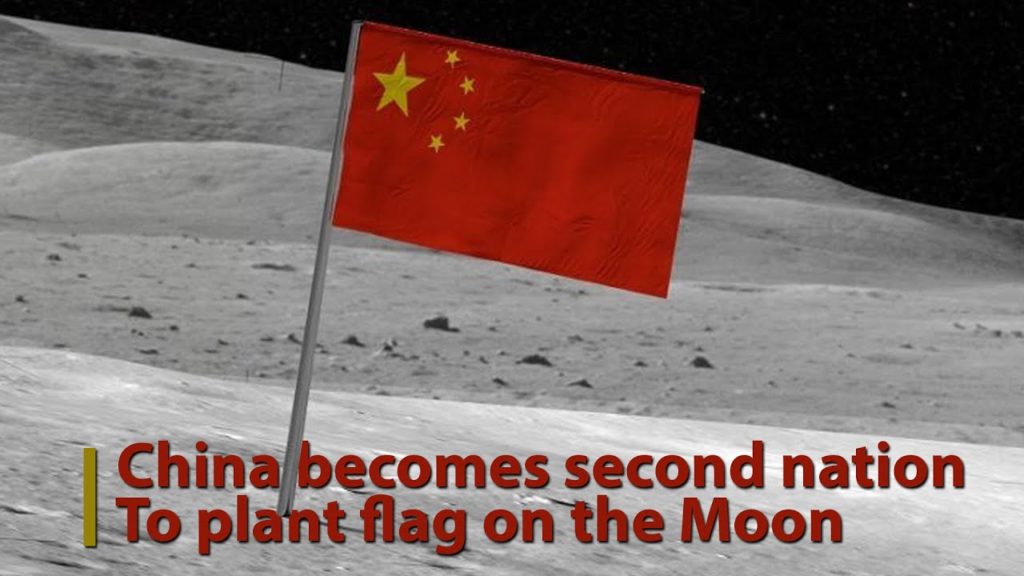China has launched an Earth Observation Satellite on Sunday after hoisting the flag on the moon. This satellite named Gaofen-14 is capable of taking high resolution photographs of objects on ground in any part of the world. The satellite was launched by the Long March-3B rocket from the Xichang Satellite Launch centre in Sichuan Province, Southwest China.
Also read: China Launches First 6G Satellite Into The Orbit, Leaving The World Behind
Capability of this satellite
Gaofen-14 is an optical stereo mapping satellite. It is capable of capturing high-quality accurate stereo images around the world, creating large-scale digital topographic maps, digital elevation models, digital surface models and digital orthophoto images, and providing basic geographic information.
It will enhance military strength of China

Earth Observation Satellite is used in both military and civilian activities. This satellite has many high resolution cameras in it. These cameras can take high quality photographs of an object located at an altitude of three feet of the earth. It is believed that China can use its military to deal with the growing threats from Indo-US.
Successful launch after failed attempt
In September, a Chinese Earth Observation Satellite mission failed during launch. The Jilin-1 Gaofen 02-C satellite was launched from the Kuazhu-1A rocket from the Jiuquan Satellite Launch centre. In this launch rocket was destroyed midway due to technical fault.
Also read: The List of Popular Apps Blocked in China
China hoisted the flag on the moon

China’s lunar mission Chang’e-5 hoisted its national flag on the lunar surface on December 3. With this, China became the second country in the world after America, whose flag has reached the moon. Long March-5 rocket was used to bring the Chinese spacecraft to the moon. Two missions of China are already present on the lunar surface. In 2013, a spacecraft named Cheng’e-3 reached the lunar surface. Whereas in January 2019, Cheng’e-4 landed on the lunar surface with lander and Yutu-2 rover. It is being told that these missions are still active.
